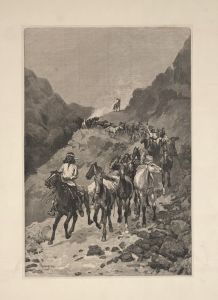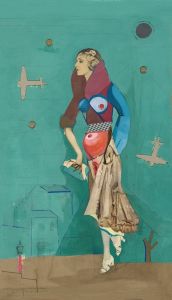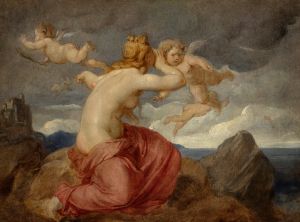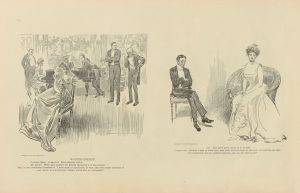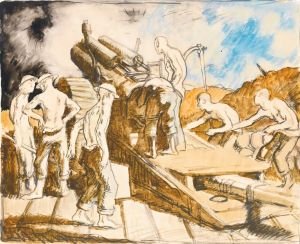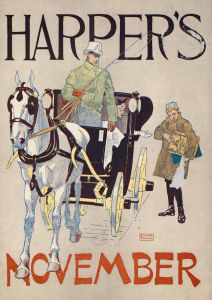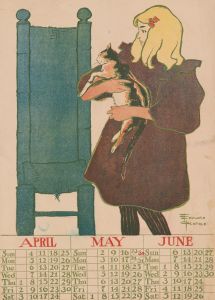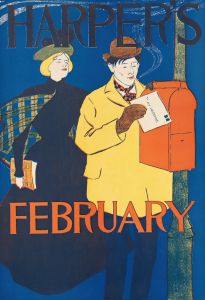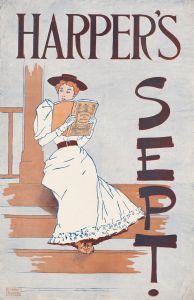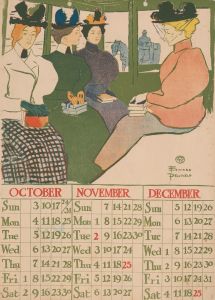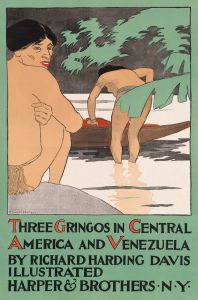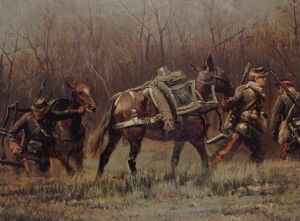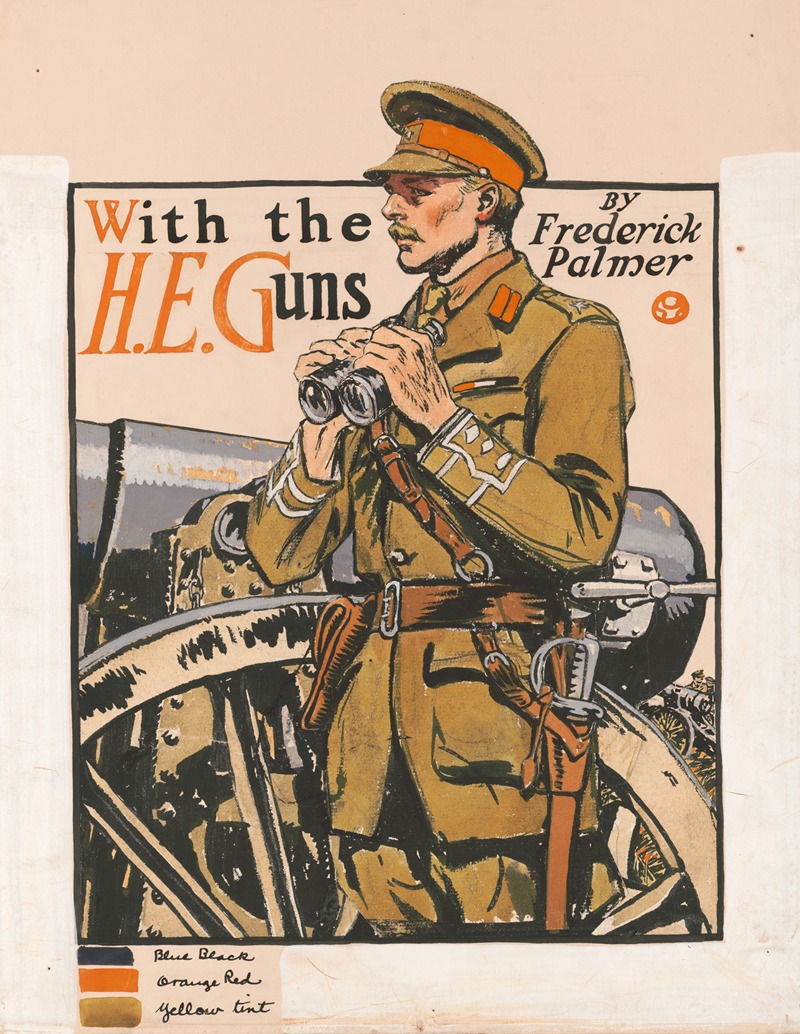
With the H.E. guns, by Frederick Palmer
A hand-painted replica of Edward Penfield’s masterpiece With the H.E. guns, by Frederick Palmer, meticulously crafted by professional artists to capture the true essence of the original. Each piece is created with museum-quality canvas and rare mineral pigments, carefully painted by experienced artists with delicate brushstrokes and rich, layered colors to perfectly recreate the texture of the original artwork. Unlike machine-printed reproductions, this hand-painted version brings the painting to life, infused with the artist’s emotions and skill in every stroke. Whether for personal collection or home decoration, it instantly elevates the artistic atmosphere of any space.
"With the H.E. guns, by Frederick Palmer" is an artwork created by Edward Penfield, an influential American illustrator and poster artist. Penfield is often regarded as one of the key figures in the development of American graphic design and illustration during the late 19th and early 20th centuries. His work is characterized by its bold lines, clear compositions, and effective use of color, which made his posters highly recognizable and impactful.
Edward Penfield was born on June 2, 1866, in Brooklyn, New York. He studied at the Art Students League of New York, where he was influenced by prominent artists and illustrators of the time. Penfield's career took off when he began working for Harper's Magazine in the 1890s, where he eventually became the art director. His posters for Harper's are among his most celebrated works, showcasing his ability to combine artistic flair with commercial appeal.
The artwork "With the H.E. guns, by Frederick Palmer" was created during World War I, a period when Penfield, like many other artists, contributed to the war effort through his art. The title suggests that the piece is related to the High Explosive (H.E.) artillery used during the war, and it is likely that the work was intended to support the war effort, either through propaganda or by boosting morale.
Penfield's wartime illustrations often depicted scenes of military action, soldiers, and patriotic themes, aligning with the broader trend of using art to support national causes during times of conflict. His ability to convey powerful messages through simple yet striking imagery made his work particularly effective in this context.
The specific details of "With the H.E. guns, by Frederick Palmer" are not widely documented, but it can be inferred that the piece would have featured Penfield's characteristic style, with a focus on clarity, strong visual impact, and a sense of immediacy. The use of bold lines and limited color palettes would have made the artwork stand out, capturing the viewer's attention and conveying the intended message quickly and effectively.
Edward Penfield's contributions to the field of illustration and graphic design were significant, and his work during World War I is a testament to the role of artists in shaping public perception and supporting national efforts through visual media. His legacy continues to be celebrated in the history of American art and design, with his posters and illustrations remaining influential examples of early 20th-century graphic art.
In summary, "With the H.E. guns, by Frederick Palmer" is an example of Edward Penfield's wartime artwork, reflecting his distinctive style and his contributions to the war effort through powerful and effective visual communication.





